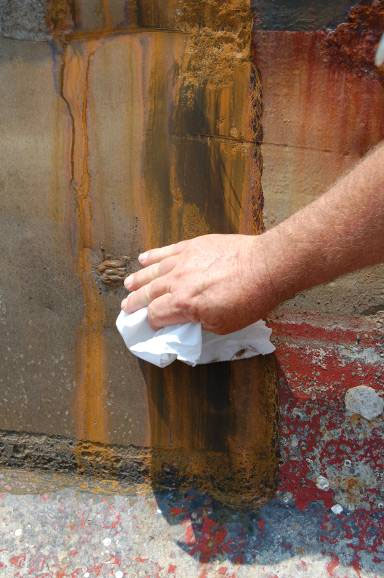A 1975 benchmark study by Battelle-NBS calculated the cost of corrosion to be $70 billion per year, which was 4.2 percent of the nation’s gross national product (GNP).
In this study, the total direct cost of corrosion was determined by analyzing 26 industrial sectors in which corrosion is known to exist and extrapolating the results for a nationwide estimate.
For all industry sectors studied in this report, the direct corrosion costs were determined.
However, for one industry sector, highway bridges, a life-cycle cost analysis was performed in which both the direct and indirect costs of corrosion were addressed.
Corrosion is typically found on piers and docks, bulkheads and retaining walls, mooring structures, and navigational aids.
Based on cost numbers obtained from the U.S. Army Corps of Engineers and the U.S. Coast Guard, an annual corrosion cost of $0.3 billion could be estimated.
Discussions with people in this industrial sector resulted in an estimate of corrosion costs in the range of 5 percent to 10 percent of the value of all new equipment.
Assuming that the stainless steel consumption and cost in this industry is entirely attributed to corrosion, a total annual direct cost of corrosion is estimated at $2.1 billion.
Direct corrosion costs per BEA industry category………………………………………………………………..61 Figure 29b.
The input/output method was adopted later by studies in two other nations, namely Australia in 1983(5) and Kuwait in 1995.(6) In the United Kingdom, a committee chaired by T.P. Hoar conducted a national study in 1970 using a method similar to the one used by Uhlig.
[Download not found]











April 5, 2009
1 Comment